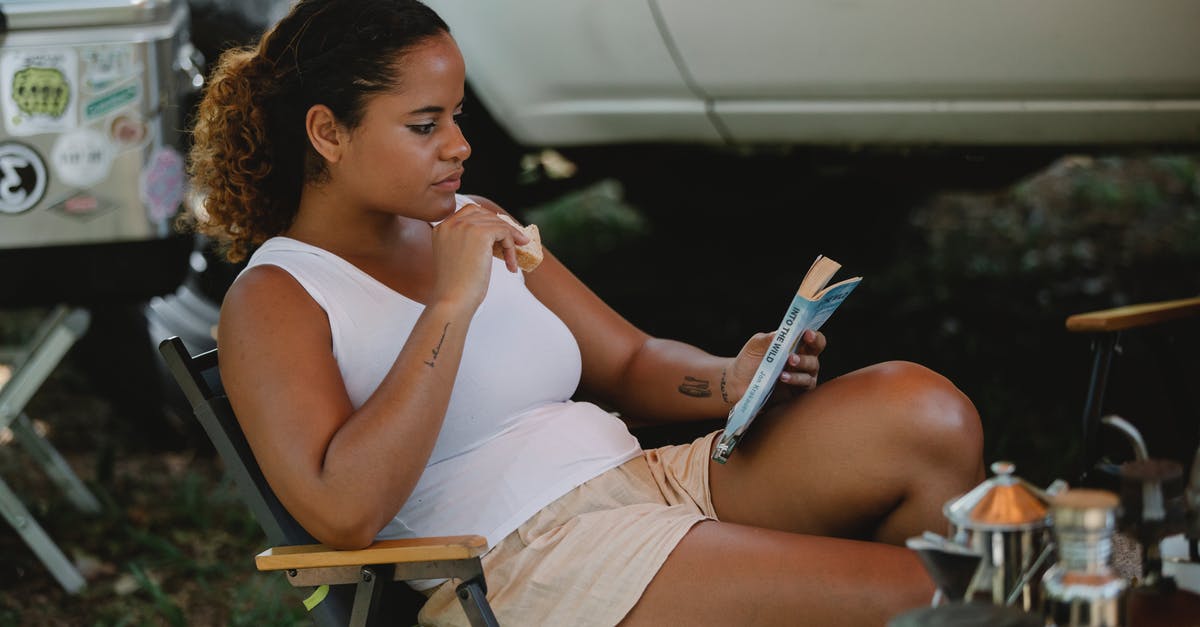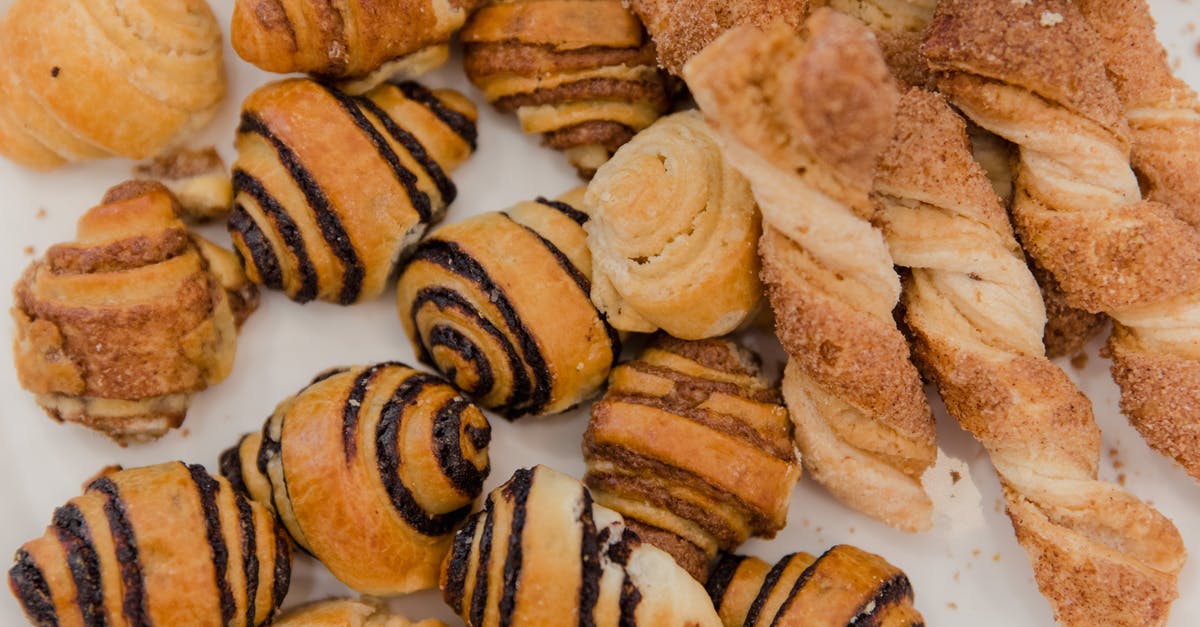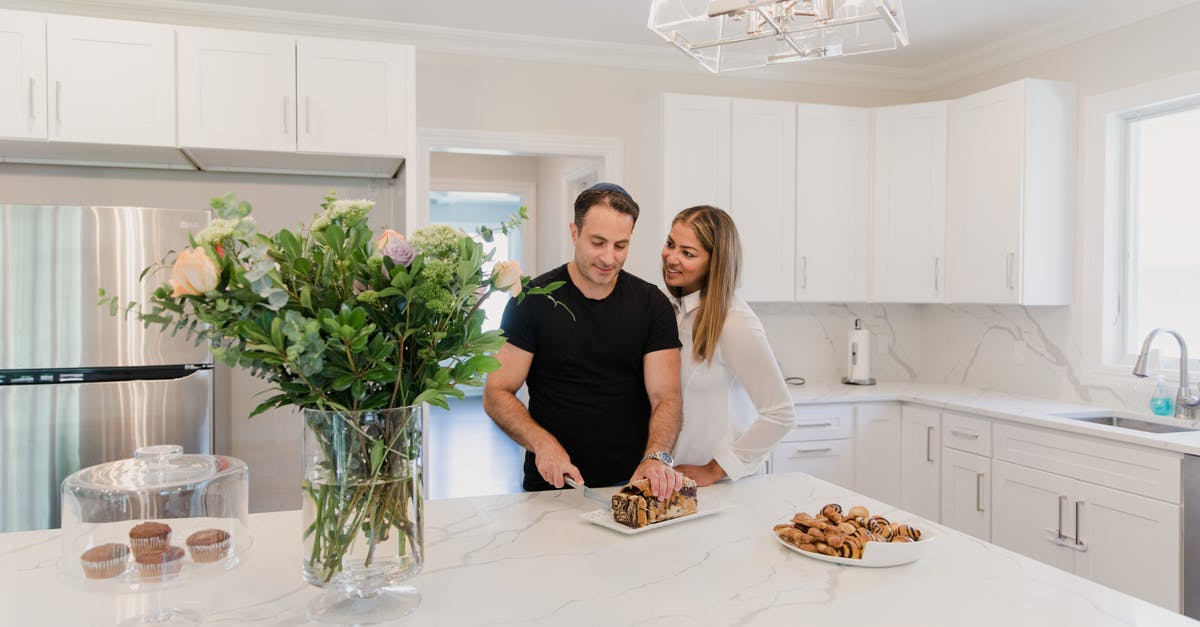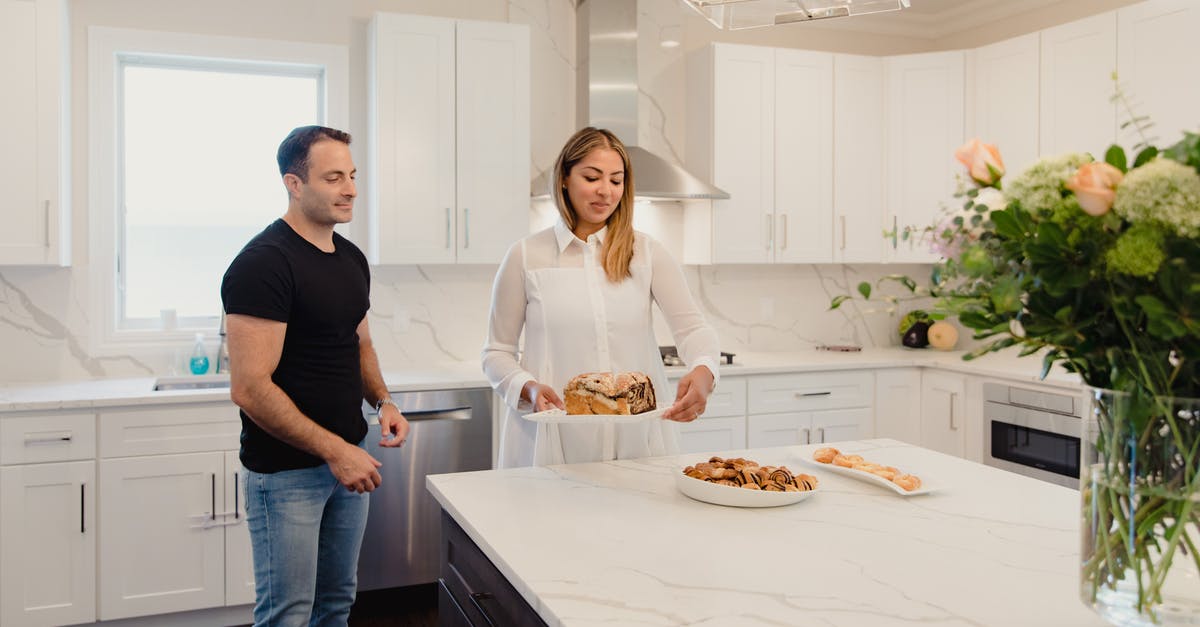Recreating a bread

I want to recreate a bread that we used to eat when I was a kid. The bakery is out of business (as of about 2 years ago), so I can't ask them for a recipe. It was called "Honey Wheat" bread, or perhaps (in later years) "Honey Health" bread. I've found recipes for those, and they sound similar, but the pictures say they're not. Here are the main differences between, say, this recipe:
https://www.tastesoflizzyt.com/honey-wheat-bread/
and what I'm looking for are
Darker color. Ohlin's bread was sweet and had a color close to caramel. Not dark brown like pumpernickel, but not light brown either. Somewhere between the color of light-brown and dark-brown sugar, probably on the dark-brown end of things.
More open texture: the holes in Ohlin's bread were more of a shape and distribution like those in an English muffin.
Chewier. This bread had a chewiness that was about halfway between commercial whole-wheat bread and a good bagel.
Shinier. When you cut the bread, the surface of the "bubbles" in it appeared a little bit shiny. (OK, I could be mis-remembering here...I last ate this bread over 50 years ago!)
I'm not expecting that anyone can say "Oh, HERE's how you make that," but if someone could provide guidance on how one alters a bread recipe to get a more open texture, to get more chewiness, etc., I can make 8 or 10 or 20 loaves to home in on the qualities I remember.
Thanks in advance for any help you can give. (Alternatively, if there's a good general reference on how to do this kind of thing, I'd be happy to read up on it without someone re-typing it all!)
Best Answer
Adding molasses or brown sugar will add a brown color to the dough, how much to add is a bit of a trick to get right, but it should be proportional to the amount of sugar in the dough. Most 1 lb recipes I have from American sources use about 1/3 cup of molasses.
The shine might well be additional gluten added to increase the chew (two with one stone perhaps!), but it could also be extra oil.
Bigger bubbles might indicate a damper dough with a higher yeast content or even possibly the addition of a second raising agent (e.g. baking powder). It could also indicate a higher baking temperature. You might want to check out focaccia recipes - these usually have a light airy crumb.
With commercial baked products it is difficult to know exactly what is going on as they have it all worked out for rapid and consistent mass production, rather than single batches.
Pictures about "Recreating a bread"



How did they make bread in Bible times?
Bread was baked in small domed clay ovens, or tabun. Archaeologists have excavated ancient ovens which were usually made by encircling clay coils or from re-used pottery jars. The oven was heated on the interior using dung for fuel; flat breads were baked against the interior side walls.How do you make old bread?
To stale lots of bread slices, position oven racks close together, then place a baking sheet in between them and stand up the slices of bread between the rungs. Warm the oven to 300 degrees and keep a close eye on the slices until they dry and slightly toast. Then the bread is ready to be cut into cubes or used as is.How did they make bread 2000 years ago?
Early humans made bread by mixing crushed grains with water and spreading the mixture on stones to bake in the sun. Later, similar mixtures were baked in hot ashes. The ancient Egyptians are credited with making the first leavened bread. Perhaps a batch of dough was allowed to stand before it was baked.What did the Romans call bread?
Beginning of Roman age Roman people did not have bread, they used to eat a kind of focaccia named \u201cpuls\u201d and made with an ancient variety of spelt flour. Spelt in ancient Latin was named Farrus, so the word \u201cfarina\u201d is probably coming from this recipe.How to Recreate Ancient Bread | Gastro Obscura
More answers regarding recreating a bread
Answer 2
"Ohlin" is a Swedish name and you may be looking for something akin to Swedish 'sirapslimpa' - literally syrup-loaf. Does this look familiar?
It's a fairly large category of bread, but it may point you in the right direction. (Common traits include using some rye, and a lot of 'sirap', something in between molasses and golden syrup.)
Sources: Stack Exchange - This article follows the attribution requirements of Stack Exchange and is licensed under CC BY-SA 3.0.
Images: Uriel Mont, RODNAE Productions, RODNAE Productions, RODNAE Productions
